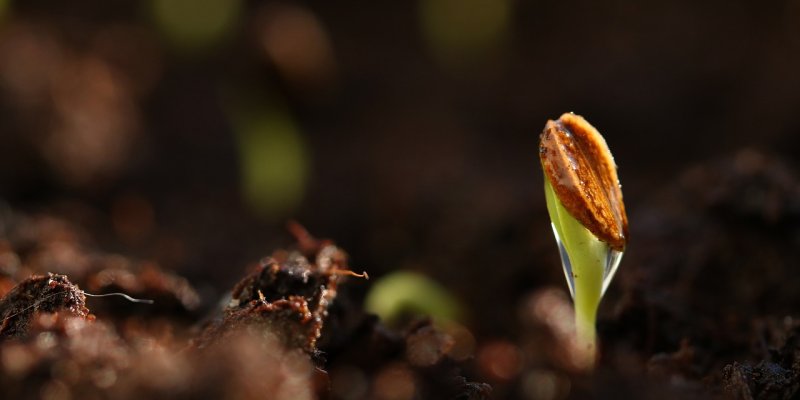
Image by katerinavulcova from Pixabay
As gardeners and farmers alike will attest, the miracle of a new plant's life begins with the humble seed. But what ensures that a seed can sprout successfully years, or even decades, after it has been harvested? The answer lies in the fascinating world of seed banks. These repositories are not just about storing seeds; they play a crucial role in biodiversity preservation, agricultural stability, and the ongoing research into plant resilience and adaptation. In this guide, we'll dive into the heart of seed banks, uncovering how they operate, the science behind seed preservation, and why they are vital for our future.
The Role of Seed Banks in Biodiversity Conservation
Seed banks serve as modern arks, safeguarding genetic diversity against the increasing threats of climate change, habitat loss, and agricultural shifts. The importance of these facilities in conserving biodiversity cannot be overstated. By preserving seeds from various plant species, seed banks maintain genetic traits that might be lost due to environmental changes or extinct species.
The process begins with meticulously collecting seeds from different regions, climates, and ecosystems. Each seed sample is a snapshot of the plant's genetic makeup at the time of collection, representing many possibilities for future generations. These seeds are then cataloged with detailed information about their origin, characteristics, and optimal growing conditions.
Seed banks also collaborate with global efforts to restore habitats, reclaim lands from industrial use, and reintroduce species into depleted areas. Through these activities, seed banks do more than just store seeds; they actively participate in the healing and restoration of the planet's biodiversity. This ensures that we save not just the seeds but also the rich tapestry of life that they represent.
Techniques and Technologies in Seed Preservation
Preserving seeds over extended periods requires more than tossing them into a vault. It involves sophisticated techniques and technologies to extend their viability and prevent genetic degradation. One common method is cryopreservation, where seeds are dried and then frozen at temperatures as low as minus 196 degrees Celsius. This extreme cold halts their metabolic processes, pausing their life cycle until they are thawed and sown.
Another critical aspect of seed preservation is maintaining the right environment to prevent mold and bacteria growth. Seed banks use controlled atmospheres with specific humidity and temperature settings tailored to each seed's natural environment. This careful management ensures that seeds remain dormant without deteriorating or losing their germination capabilities.
Moreover, seed banks frequently test their seeds for viability through germination tests. These tests are crucial for determining the seeds' health and identifying when batches need to be regenerated. Regeneration involves growing plants from the seeds and harvesting new seeds, thus refreshing the stock. This cyclical process ensures that the seed bank's collection remains viable and useful for future needs.
Global Networks and Seed Sharing Initiatives
Seed banks do not operate in isolation. They are part of a global network that exchanges seeds to enhance crop diversity and resilience worldwide. This collaboration is crucial in the face of global challenges like climate change and food security. By sharing seeds, countries can develop crops more resistant to local pests, diseases, and weather patterns, thereby bolstering their agricultural productivity.
One notable example of international seed sharing is Norway's Svalbard Global Seed Vault. Known as the "Doomsday Vault," it houses millions of seed samples as a backup for other seed banks worldwide. In a regional or global crisis, seeds from Svalbard can be used to regenerate essential crops.
Moreover, seed banks often provide seeds to researchers and breeders. This access supports the development of new plant varieties better suited to changing environmental conditions and agricultural needs. Through these efforts, seed banks contribute not only to conservation but also to innovation in agriculture.
The intricate work of seed banks is vital in our quest to preserve the past and ensure a sustainable future. Understanding and supporting these institutions can protect plant diversity and help secure food resources for future generations. Whether it's through public funding, research collaborations, or simply spreading awareness, each of us has a role to play in the story of seed banks. After all, every seed saved is a step towards a greener, more resilient world. Finally, if you want to get started, here is a detailed list of legal cannabis seed banks !
Reviews - Interviews - Promo - Radio Play
Contact zach@metaldevastationradio.com












